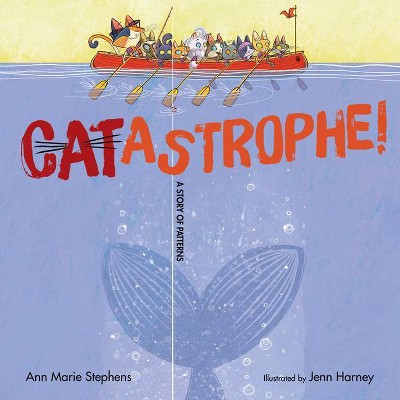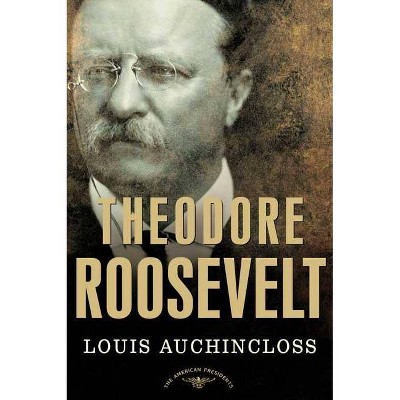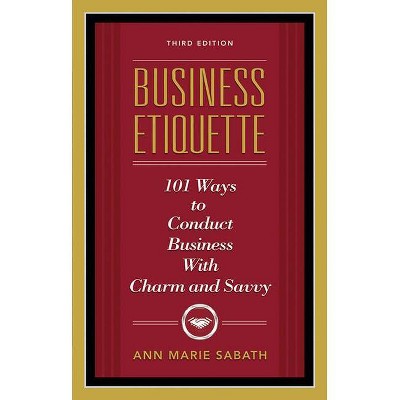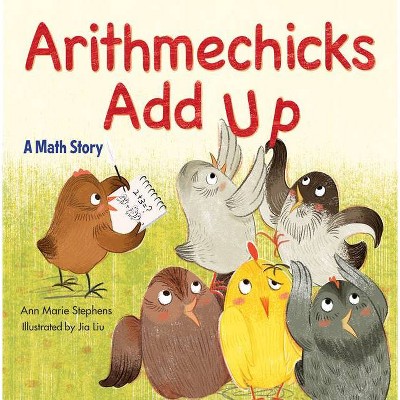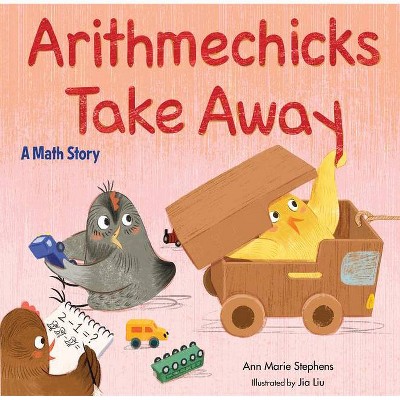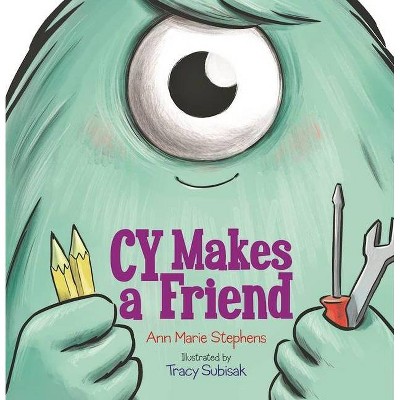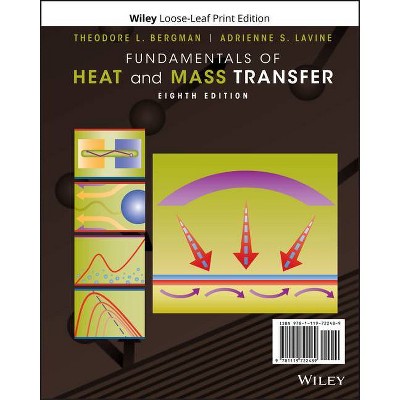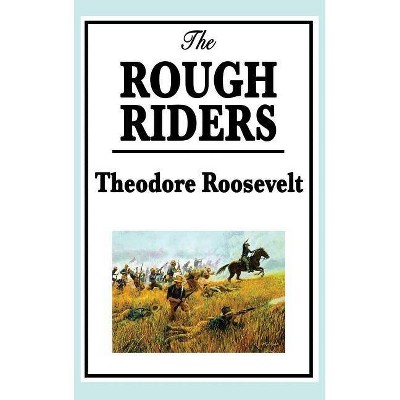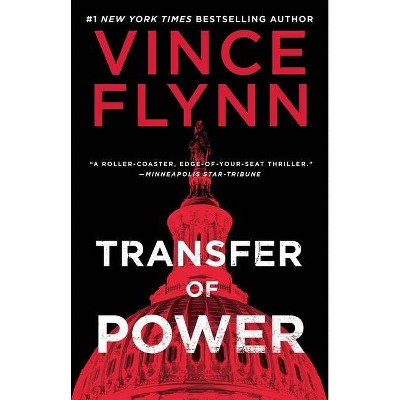Kern's Process Heat Transfer - 2nd Edition by Ann Marie Flynn & Toshihiro Akashige & Louis Theodore (Hardcover)
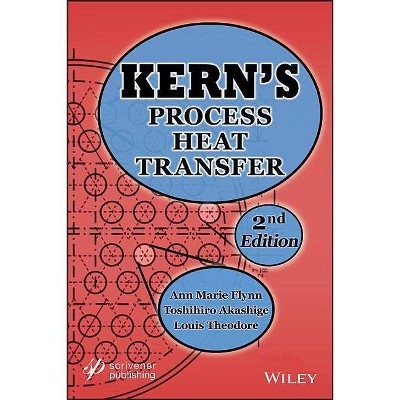
Similar Products
Products of same category from the store
AllProduct info
<p/><br></br><p><b> About the Book </b></p></br></br>"Heat Transfer book for engineering students An essential reference for practicing engineers Market description: This revised edition will be purchased by all chemical engineers and companies who regard the first edition as the "gold standard." In addition, all engineering disciplines, but primarily Mechanical Engineering, will have great interest in the book"--<p/><br></br><p><b> Book Synopsis </b></p></br></br><p><b>This edition ensures the legacy of the original 1950 classic, </b> <b><i>Process Heat Transfer</i></b><b>, by Donald Q. Kern that by many is held to be the gold standard.</b></p> <p>This second edition book is divided into three parts: Fundamental Principles; Heat Exchangers; and Other Heat Transfer Equipment/ Considerations.</p> <ul> <li><b>Part I</b> provides a series of chapters concerned with introductory topics that are required when solving heat transfer problems. This part of the book deals with topics such as steady-state heat conduction, unsteady-state conduction, forced convection, free convection, and radiation.</li> <li><b>Part II</b> is considered by the authors to be the meat of the book, and the primary reason for undertaking this project. Other than minor updates, Part II remains relatively unchanged from the first edition. Notably, it includes Kern's original design methodology for double-pipe, shell-and-tube, and extended surface heat exchangers. Part II also includes boiling and condensation, boilers, cooling towers and quenchers, as well as newly designed open-ended problems.</li> <li><b>Part III</b> of the book examines other related topics of interest, including refrigeration and cryogenics, batch and unsteady-state processes, health & safety, and the accompanying topic of risk. In addition, this part also examines the impact of entropy calculations on exchanger design.</li> </ul> <p>A 36-page Appendix includes 12 tables of properties, layouts and design factors.</p> <p><b>WHAT IS NEW IN THE 2<sup>ND</sup> EDITION</b></p> <p>Changes that are addressed in the 2<sup>nd</sup> edition so that Kern's original work continues to remain relevant in 21st century process engineering include: </p> <ul> <li>Updated Heat Exchanger Design</li> <li>Increased Number of Illustrative Examples</li> <li>Energy Conservation/ Entropy Considerations</li> <li>Environmental Considerations</li> <li>Health & Safety</li> <li>Risk Assessment</li> <li>Refrigeration and Cryogenics</li> </ul><p/><br></br><p><b> From the Back Cover </b></p></br></br><p><b>This edition ensures the legacy of the original 1950 classic, </b> <b><i>Process Heat Transfer</i></b><b>, by Donald Q. Kern that by many is held to be the gold standard.</b> <p>This second edition book is divided into three parts: Fundamental Principles; Heat Exchangers; and Other Heat Transfer Equipment/ Considerations. <ul> <li><b>Part I</b> provides a series of chapters concerned with introductory topics that are required when solving heat transfer problems. This part of the book deals with topics such as steady-state heat conduction, unsteady-state conduction, forced convection, free convection, and radiation.</li> <li><b>Part II</b> is considered by the authors to be the "meat" of the book, and the primary reason for undertaking this project. Other than minor updates, Part II remains relatively unchanged from the first edition. Notably, it includes Kern's original design methodology for double-pipe, shell-and-tube, and extended surface heat exchangers. Part II also includes boiling and condensation, boilers, cooling towers and quenchers, as well as newly designed open-ended problems.</li> <li><b>Part III</b> of the book examines other related topics of interest, including refrigeration and cryogenics, batch and unsteady-state processes, health & safety, and the accompanying topic of risk. In addition, this part also examines the impact of entropy calculations on exchanger design.</li> </ul> <p>A 36-page Appendix includes 12 tables of properties, layouts and design factors. <p><b>WHAT IS NEW IN THE 2<sup>ND</sup> EDITION</b> <p>Changes that are addressed in the 2<sup>nd</sup> edition so that Kern's original work continues to remain relevant in 21st century process engineering include: <ul> <li>Updated Heat Exchanger Design</li> <li>Increased Number of Illustrative Examples</li> <li>Energy Conservation/ Entropy Considerations</li> <li>Environmental Considerations</li> <li>Health & Safety</li> <li>Risk Assessment</li> <li>Refrigeration and Cryogenics</li> </ul> <p><b>Audience</b> <p>Chemical and mechanical engineers primarily but all other engineering disciplines will have interest. The book is designed for junior and senior undergraduate courses as well as 1st year graduate (Master's) courses. <p>"Congratulations to the authors for keeping Kern's classic heat transfer book alive and relevant. This new edition is a wonderful contribution to the chemical engineering literature. As with the classic first edition, the new book can be used as either a reference book for the practicing engineer or a textbook for the undergraduate/graduate engineering student. This book was masterfully updated by a team of experts." <b>Rita L. D'Aquino, </b> Former Senior Editor of <i>Chemical Engineering Magazine</i><p/><br></br><p><b> Review Quotes </b></p></br></br><br><p>Congratulations to the authors for keeping Kern's classic heat transfer book alive and relevant. This new edition is a wonderful contribution to the chemical engineering literature. As with the classic first edition, the new book can be used as either a reference book for the practicing engineer or a textbook for the undergraduate/graduate engineering student. This book was masterfully updated by a team of experts.<br />--<b>Rita L. D'Aquino, </b> Former Senior Editor of <i>Chemical Engineering Magazine</i></p><br><p/><br></br><p><b> About the Author </b></p></br></br><p><b>Ann Marie Flynn</b>, PhD, the first female Manhattan College graduate to return to the school as a full-time faculty member, served as the department chair and graduate program director during her 27-year tenure in the chemical engineering department where she received multiple awards for teaching and leadership. She used Donald Q. Kern's text almost exclusively during the 16- year period when she taught Heat Transfer, and undertook the writing of the 2nd edition to bring Kern's straight forward approach towards heat exchanger design to the next generation of engineers. <p><b>Toshihiro Akashige</b>, B.S. Chem. Eng., is a graduate from Manhattan College and currently enrolled in a PhD program for chemical and biomolecular engineering at the New York University Tandon School of Engineering. He particularly enjoyed process heat transfer class taught by Dr. Flynn and eventually joined in co-authoring this textbook with a hope that Dr. Kern's design methodology will help many other students and future engineers gain comfort in the technical knowledge of heat exchangers. <p><b>Louis Theodore</b>, MChE and EngScD, is a retired professor of chemical engineering (50 years). He is the author of several publications, including <i>Fluid Flow for the Practicing Chemical Engineer, Thermodynamics for the Practicing Engineer, Mass Transfer Operations for the Practicing Engineer</i>, and <i>Air Pollution Control Equipment Calculations</i>. Dr. Theodore is also a contributor to <i>Perry's Chemical Engineers' Handbook</i>.
Price History
Price Archive shows prices from various stores, lets you see history and find the cheapest. There is no actual sale on the website. For all support, inquiry and suggestion messagescommunication@pricearchive.us
